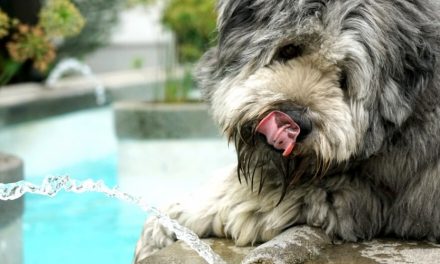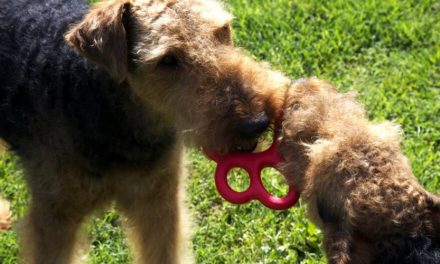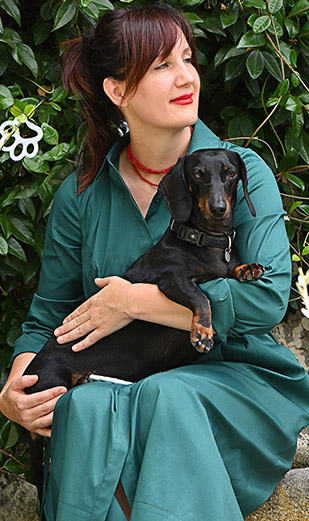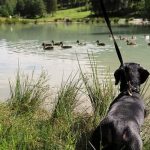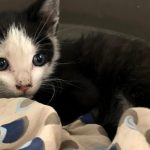The cohabitation with humans has made life of our pets longer and therefore pathologies linked to the old age occur more often.
Let’s see the changes relating to eyes.
One of the more frequent is the senile “nucleosclerosis” that appears in the older subjects and that is often take as cataract, which is instead a not physiologic opacity of the crystalline lens. The nucleosclerosis, like the name says, is a hardening=sclerosis of the lens, due to the continuous deposit of lens fibers produced during the hole life and collected one on another in a concentric way. It is therefore normal that the overlapping causes the opacity of the lens in time.
Another transformation is due, on the contrary, to the progressive thinning of the thickness of the iris ( the circular and colored part of the eye), called senil iris atrophy.
You can note the appearance of dark spots until to the one of real “holes” in the iris with sometimes impressive squares called” laces”. The visive capacity is not altered evner if, due to the partial lakc of the iris, there could be a reduced or absent pupil reflex.
At the end the uveal cysts that appear more ofther during the old age than in youth and are behind the iris, therefore it is difficult to see them without the correct tools.
Some races, Great Dane, Golden Retriever and Bulldog, are more predisposed. They can appear only in one eye or in both, be free or adhering to the near structure and for this reason they alter the normal ocular structures so that they can be responsible of the appearance of glaucoma or uveite.
Once again it is very important to observe your pet. If you note a strange spot in the eye, try and take a picture to verify how it goes in time. If it changes shape and size fast or others appear, go to your veterinary.
For a better diagnosis I always suggest the visit of the eyes by a specialist.


